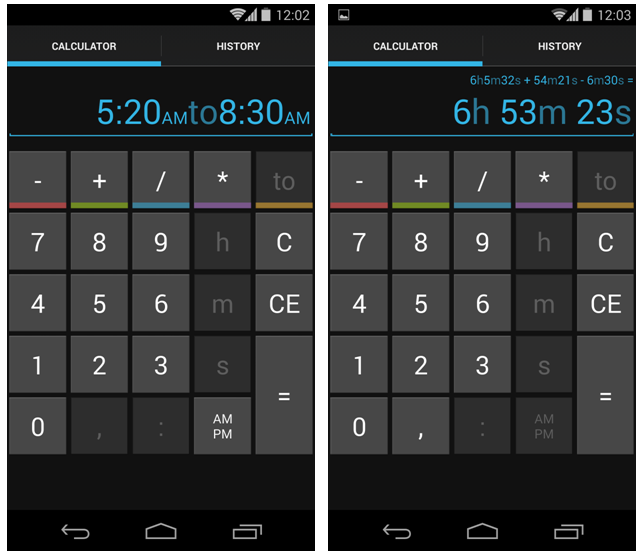

It’s more important to look at the complete process (aka looking beyond just the machine cycle). Most people think cycle time is actually the same as the machine cycle (again, throwing out more terms, but it’s important to understand what you’re measuring), but a machine cycle does not represent the entirety of a process. This is where it’s essential to understand what you’re actually measuring and why.

It’s also important to know which ones you should use and when. Knowing the differences between the terms is only half the battle. Everyone concerned is motivated to fix the problems and inefficiencies because the process will shut down if they don’t.” Creating flow, whether or materials or of information lowers the water level and exposes inefficient that demand immediate solutions. “A lean expression is that lowering the “water level” of inventory exposes problems (like rocks in the water) and you have to deal with the problems or sink. And without calculating cycle time, you would be left in the dark about where the problem(s) truly lies. These are all questions you can ask yourself to get to the root of the problem. Do you have enough products to make a completed desk? Do you have enough people on the line? Is the machine available to run? Do you have boxes to send the desks to the schools in? There may be other processing problems going on that are slowing things down. This indicates a much larger problem that needs to be addressed in order to meet demand. In fact, you’ve only made 10 desks (actual cycle time). But, again, you determine you’re making less than the target. In the end, you only need to produce 15 to meet demand. But, in theory, your machines and people are capable of making 20-30 per hour (theoretical max machine cycle). If you can make 15 desks an hour, you will be able to deliver on time to the schools (target cycle time). The company you work for makes desks for elementary schools. In another example, you are a furniture manufacturer. Now, you may begin to understand why using a blanket term of “cycle time” to describe the production process can be confusing if the KPIs aren’t clearly defined. That’s the difference between the 3 terms. You know you only need to bottle 732 to deliver on time to your customers (target cycle time) but are you hitting that target? Based on production numbers, you determine you’re only bottling 711 bottles per minute (actual cycle time). But, you know you aren’t actually bottling 784 bottles a minute. How fast does the machine really run over a period of time? Using custom equipment that bottles beer, you know the machine can theoretically bottle 784 bottles per minute (theoretical max machine cycle) and that’s as fast as the filler can go. Using an example to better explain, let’s say you’re a bottling company. Actual Cycle Time – Time it takes to produce an actual number of parts or complete a “cycle” Target Cycle Time – Time you would need to hit to deliver a product on time to customers (or downstream processes)ģ. Theoretical Max Machine Cycle – Maximum number of parts a machine can produce in a particular time periodĢ. There are typically 3 terms used to represent a cycle time, and as we said before, defining those terms varies from manufacturer to manufacturer.ġ. The short answer is yes, but we’ll dive into more detail. But, confusingly enough, that same term is also used to reference the entire process – from start to finish. Essentially, cycle time is how long it takes to complete a job.


 0 kommentar(er)
0 kommentar(er)
